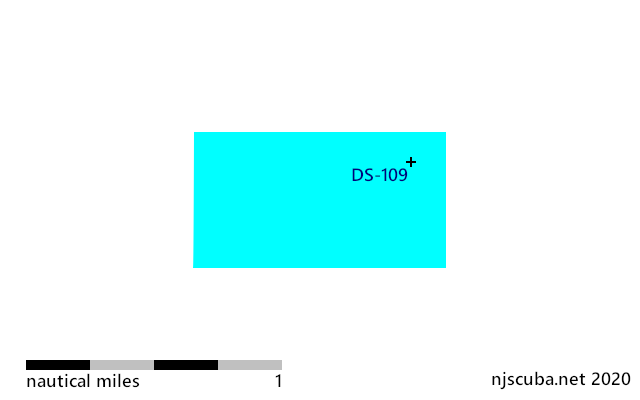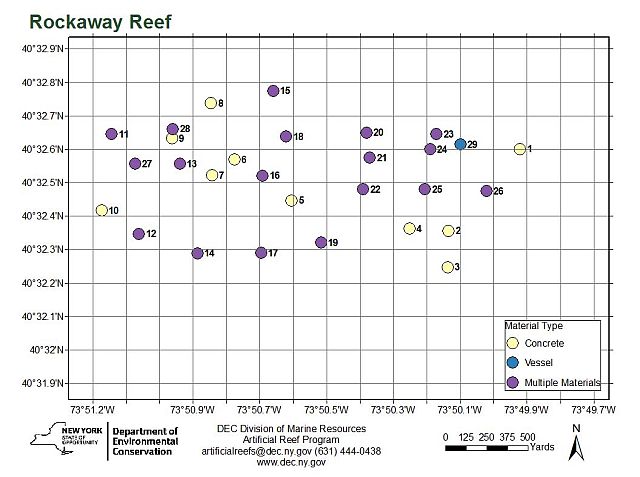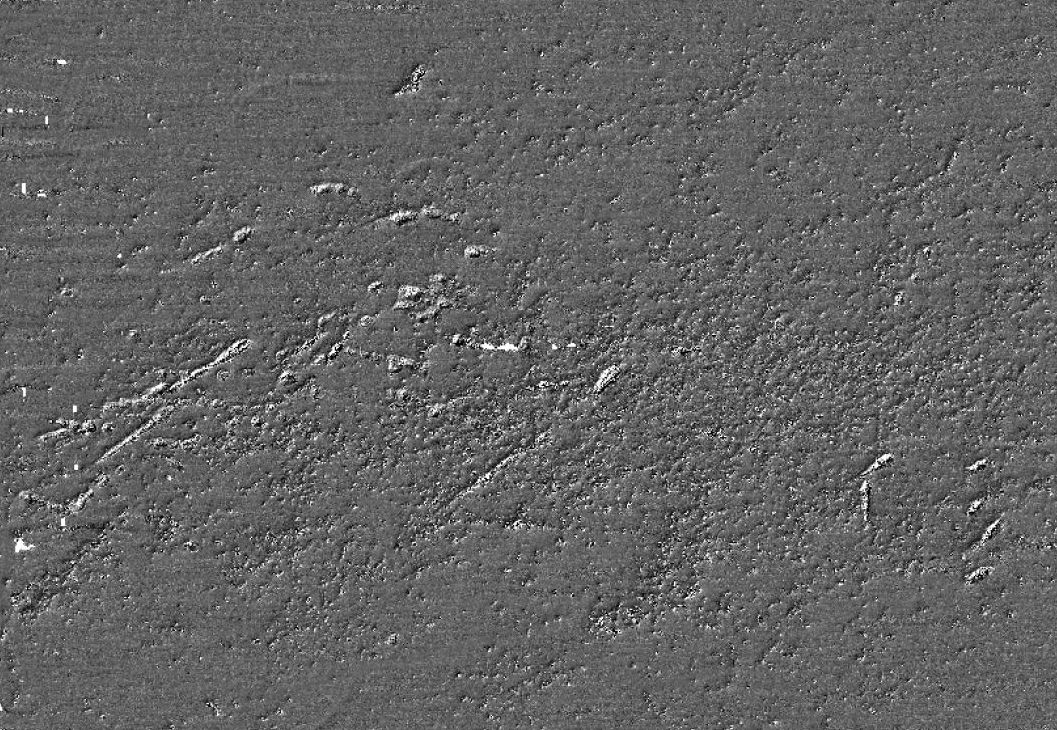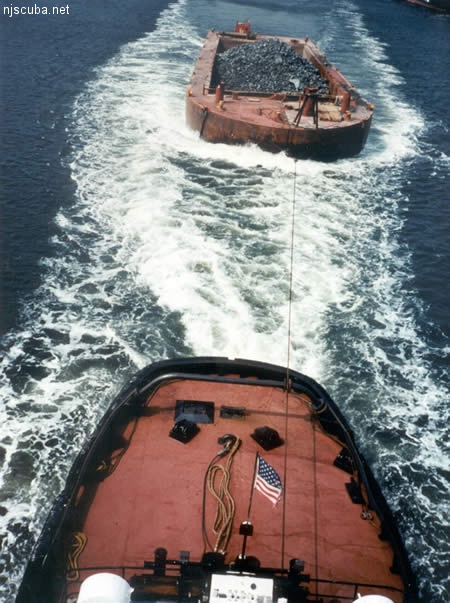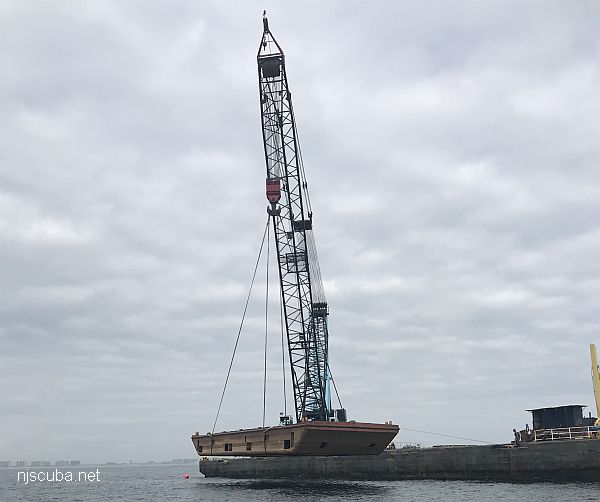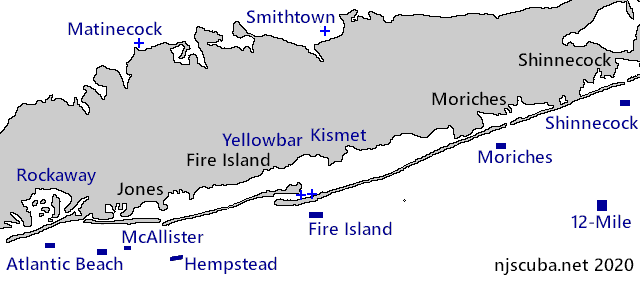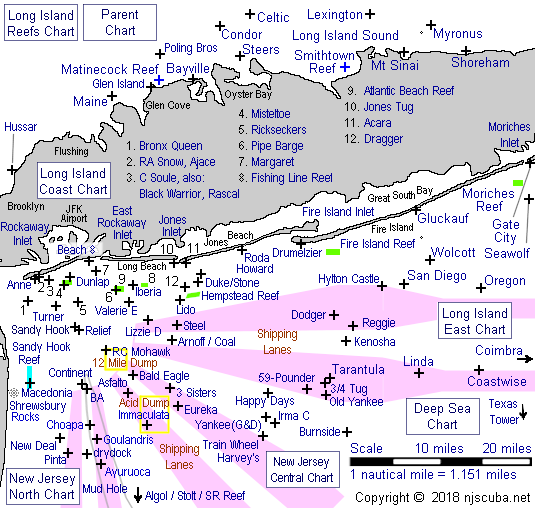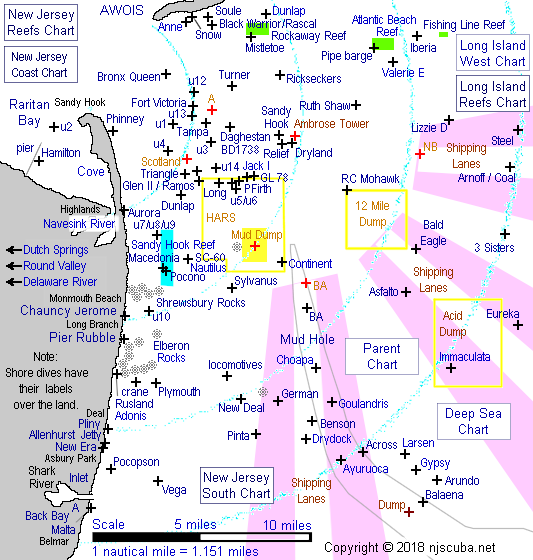Having acquired all your nice expensive equipment, you may want to insure it against damage and flooding. Alright, perhaps not a cheap film camera, but a high-end housed 35mm, digital, or video camera certainly deserves the protection. On the other hand, with proper care and maintenance, and attention to detail when sealing it up, a modern camera housing is extremely unlikely to leak.
Here's something I learned the hard way:
Batteries + saltwater = one really nasty corrosive mess. Regular old alkalines are not nearly as destructive when you get them wet. What does this mean? Use NiMH batteries in the camera inside the housing, but use alkalines inside your strobes, so that if the battery compartment does flood, you can just rinse it out with fresh water and maybe lemon juice. The result of a wet NiMH battery will eat away the metal contacts of the battery compartment so fast that by the time you can do anything about it, it's too late. Alkaline batteries have plenty of oomph to drive a strobe, although not a camera. If your camera housing floods, the battery type won't really matter, since the saltwater will destroy the camera all by itself.

